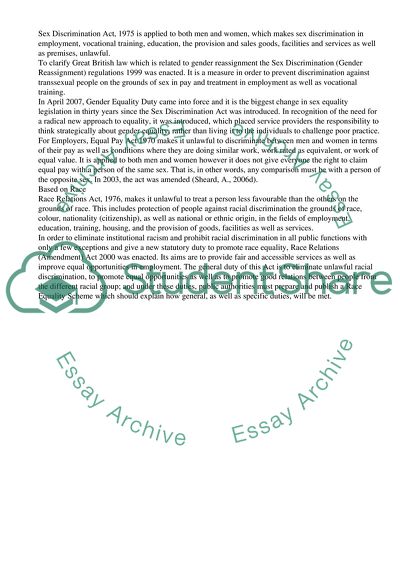Cite this document
(“Protection Provided to Employees in the Public Services Essay”, n.d.)
Protection Provided to Employees in the Public Services Essay. Retrieved from https://studentshare.org/management/1505768-equality-and-diversity-bachelor-essay
Protection Provided to Employees in the Public Services Essay. Retrieved from https://studentshare.org/management/1505768-equality-and-diversity-bachelor-essay
(Protection Provided to Employees in the Public Services Essay)
Protection Provided to Employees in the Public Services Essay. https://studentshare.org/management/1505768-equality-and-diversity-bachelor-essay.
Protection Provided to Employees in the Public Services Essay. https://studentshare.org/management/1505768-equality-and-diversity-bachelor-essay.
“Protection Provided to Employees in the Public Services Essay”, n.d. https://studentshare.org/management/1505768-equality-and-diversity-bachelor-essay.


